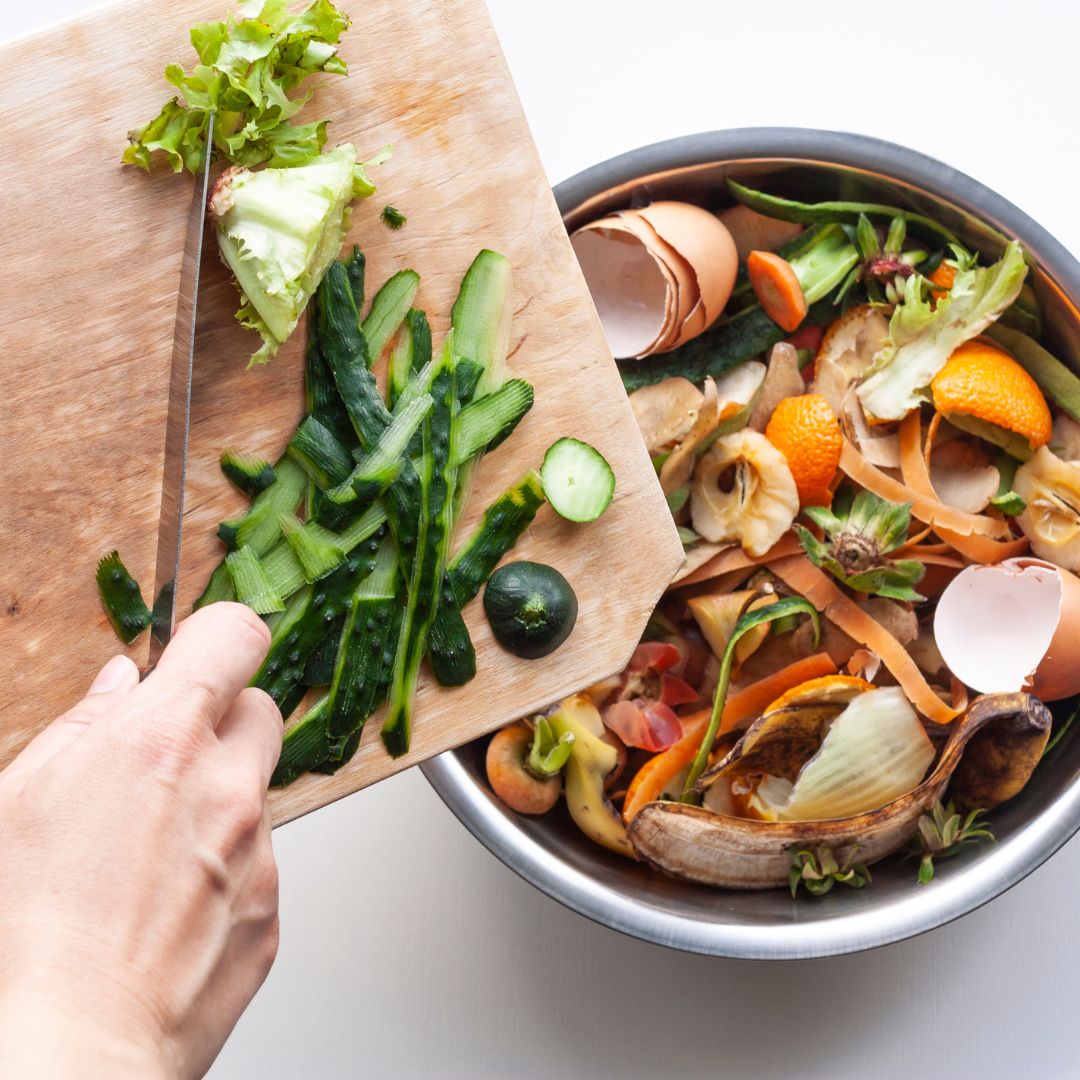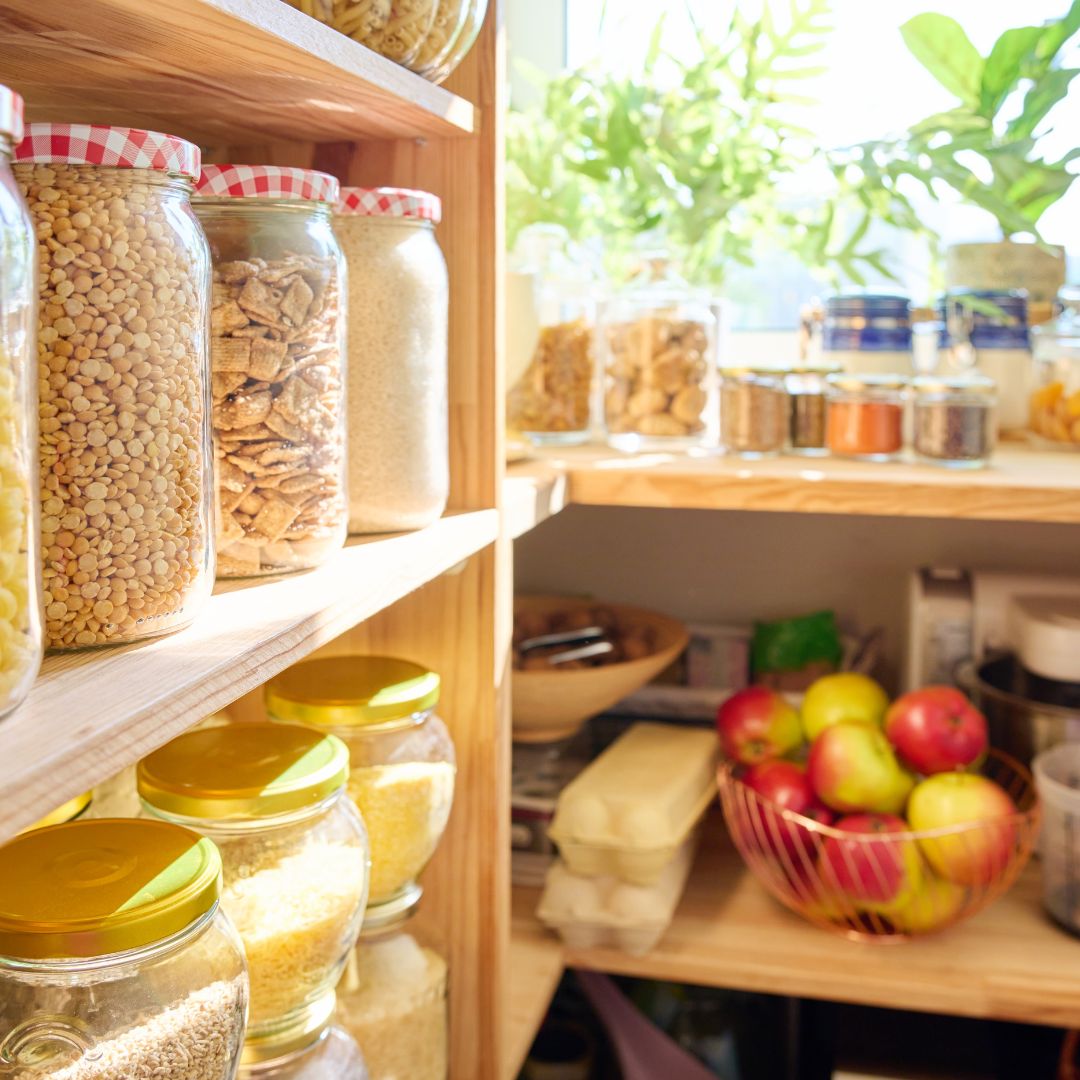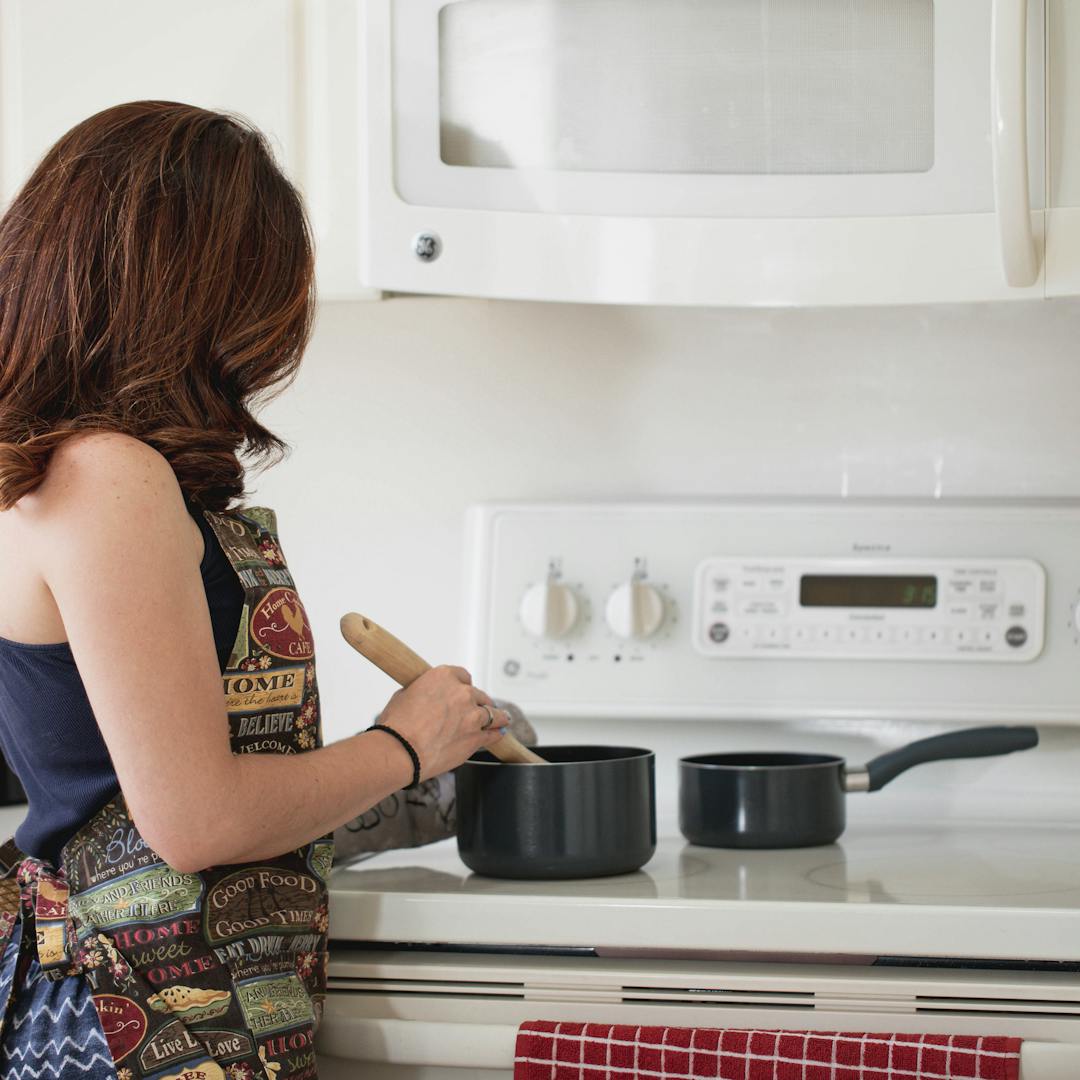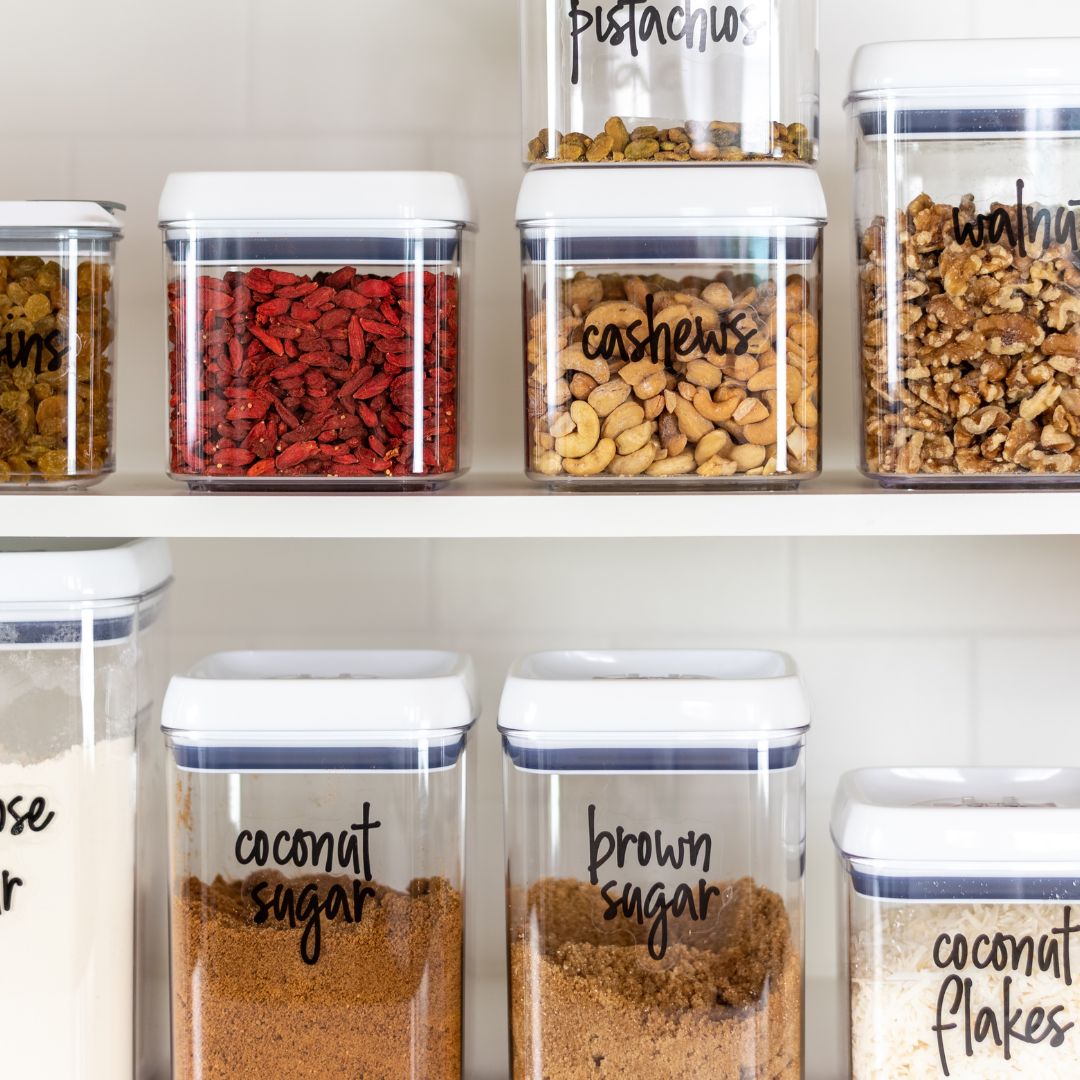Tips for reducing food waste at home
2025. 04. 14.

Food waste is one of the biggest environmental challenges of our time. While people in one part of the world go hungry, in developed countries a significant portion of the food we buy ends up in the trash. Food waste generated in households not only weighs on our wallets, but also has a significant environmental impact. The good news is that by introducing a few simple habits, we can drastically reduce the amount of food waste generated in our homes. Here are some practical tips to help you fight food waste!
Conscious shopping
The first step to reducing waste starts at the store. Before you go shopping, make a list of what you really need. Check your refrigerator and pantry to know exactly what you already have at home. Plan your weekly menu in advance and only buy ingredients that you will actually use.
Never go shopping when you are hungry, because you will likely buy more food than you need.
Proper storage
Proper storage is key to keeping food fresh. In the refrigerator, place dairy products and meats on the bottom shelves, and vegetables and fruits in the appropriate compartments. You can keep bread fresher by sealing it airtight, and herbs can be preserved longer by placing them in a glass of water.
Use the "eat the oldest food first" method
The FIFO (First In, First Out) method, which is also used in stores, works great at home. When you buy new ingredients, put the older ones at the front of the shelves so that they are used first. Vacuum sealing and freezing are also great ways to preserve food – vacuuming the leftover cooked food, baked goods or meats that are about to expire, then freeze them for later use.
Creative cooking from leftovers
Don't throw away leftovers! Last night's dinner can be a great ingredient for a new dish. Cooked vegetables can be used to make soup, and leftover meat can be used to make sandwiches or salads. Have a "leftovers day" once a week, when you use up leftovers in the fridge.
TDiscover what the unused parts of vegetables are good for. You can make stock from vegetable peels and stems, and make aromatic syrup from lemon peel.
Composting
Composting is a great way to return vegetable and fruit waste to the natural cycle. You can compost at home with an electric composter, or you can compost on a balcony or in the garden.
Developing awareness
Keep a journal for a month about what food you throw away and why. This will help you identify problem areas and change your habits.
Reducing food waste isn't complicated, it just takes a little bit of thought. By planning your shopping, storing wisely, using leftovers creatively, and avoiding unnecessary waste, you can not only save money but also help the environment. Start today and see how simple and effective a more sustainable lifestyle can be!
 Austria
Austria
 Belgium
Belgium
 Bulgaria
Bulgaria
 Croatia
Croatia
 Czech Republic
Czech Republic
 Denmark
Denmark
 Estonia
Estonia
 Finland
Finland
 France
France
 Germany
Germany
 Greece
Greece
 Hungary
Hungary
 Ireland
Ireland
 Italy
Italy
 Latvia
Latvia
 Lithuania
Lithuania
 Luxembourg
Luxembourg
 Netherlands
Netherlands
 Poland
Poland
 Portugal
Portugal
 Romania
Romania
 Slovakia
Slovakia
 Slovenia
Slovenia
 Spain
Spain
 Sweden
Sweden




